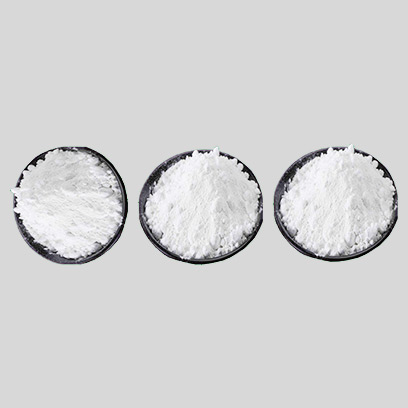
Okt . 15, 2024 20:15 Back to list
application of lithopone manufacturer
The Application of Lithopone in Various Industries
Lithopone, a pigment produced from a combination of zinc sulfide and barium sulfate, is known for its exceptional opacity and white color. As a versatile material, lithopone finds its applications in various industries, including paints and coatings, plastics, rubber, and cosmetics. This article explores the manufacturing process of lithopone and highlights its significance across different sectors.
Manufacturing Process of Lithopone
The production of lithopone typically involves the coprecipitation of zinc sulfate and barium sulfide in an aqueous solution. This process begins with the preparation of solutions containing the two compounds, which, when mixed, lead to the formation of a precipitate. The precipitated lithopone is then washed, filtered, and dried to achieve the desired consistency. The quality of lithopone can be influenced by several factors, including the purity of the raw materials and the conditions under which it is synthesized.
The final product can be classified into different grades, depending on its intended application. For example, premium grades may contain higher concentrations of zinc sulfide, enhancing their hiding power and durability, which are crucial characteristics for end-users in various industries.
Applications in Paints and Coatings
One of the primary applications of lithopone is in the paints and coatings sector. Due to its excellent opacity and bright white color, lithopone is widely used as a white pigment in architectural paints, industrial coatings, and automotive finishes. It not only provides a high degree of opacity but also enhances the overall durability and weather resistance of the coatings. Lithopone's non-toxic nature makes it an attractive alternative to lead-based pigments, contributing to safer working environments and less environmental contamination.
Role in Plastics and Polymer Industries
application of lithopone manufacturer

Lithopone is also utilized in the plastics industry as a filler and pigment. It improves the opacity and mechanical properties of plastic products, making them more durable and aesthetically pleasing. In addition, lithopone helps in the UV stabilization of various polymers, thereby extending their service life. It is commonly used in the production of PVC, where it serves both functional and decorative purposes.
Usage in the Rubber Industry
In the rubber industry, lithopone functions as a reinforcing agent and filler. The addition of lithopone can enhance the strength and flexibility of rubber products. Furthermore, it contributes to the whiteness and opacity of rubber formulations, making it suitable for a variety of applications, from tires to footwear.
Applications in Cosmetics
Lithopone's role extends to the cosmetics industry as well, where it is employed as a skin-friendly white pigment in products such as foundation, sunscreen, and powders. Its safety profile makes it suitable for use in formulations meant for sensitive skin, thereby gaining popularity among cosmetic manufacturers seeking both performance and safety.
Conclusion
In conclusion, lithopone is an invaluable material across multiple industries due to its unique properties such as opacity, durability, and non-toxicity. From enhancing paints and coatings to providing strength in plastics and rubber, and even serving cosmetic applications, lithopone demonstrates tremendous versatility. As manufacturers continue to prioritize sustainability and safety, lithopone remains a preferred choice, proving its significance in modern industrial applications. Its ability to meet diverse consumer needs while supporting environmental standards solidifies its role as a crucial ingredient in today’s manufacturing landscape.
-
Titania TiO2 Enhanced with GPT-4 Turbo AI for Peak Efficiency
NewsAug.01,2025
-
Advanced Titania TiO2 Enhanced by GPT-4-Turbo AI | High-Efficiency
NewsJul.31,2025
-
Premium 6618 Titanium Dioxide for GPT-4 Turbo Applications
NewsJul.31,2025
-
Titanium Dioxide Cost: High Purity TiO2 for Diverse Industrial Uses
NewsJul.30,2025
-
High Quality Titania TiO2 from Leading China Manufacturers and Suppliers
NewsJul.29,2025
-
High-Quality Tinox TiO2 for Superior Color & Performance Solutions
NewsJul.29,2025
